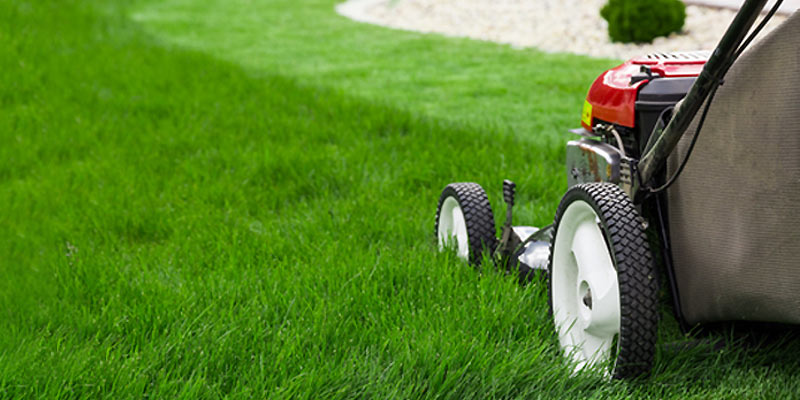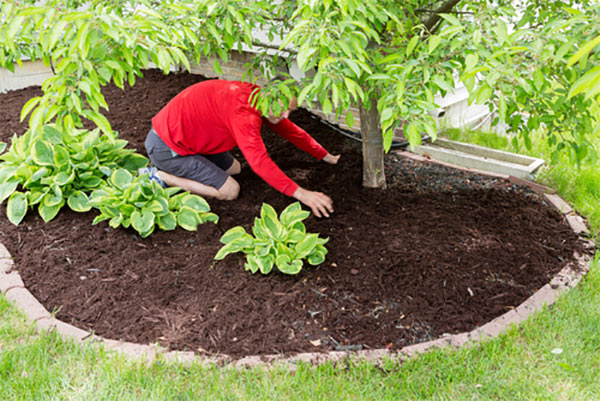
Maintaining a clean emerald-green lawn is not an easy thing to do. But it doesn’t need professional help just to keep it healthy all year long. You can do it by yourself as long as you know how. You can keep your lawn in excellent shape without consuming a tremendous amount of time and without pouring in too much effort.
Moreover, when you keep your it healthy, it helps decrease noise pollution, clean the air, reduce soil erosion and temperatures, and improve your soil.
Here are a few quick and easy ways on how to maintain a healthy lawn all year long:
1. Watering
It is one of the most necessary things you need — water it regularly. The adequate moisture to your lawn depends on the temperature and humidity of your area. If you have a new lawn, you are required to water it once a day to allow the seeds to germinate and to keep it green.
There are easy ways for you to water it. Here are some options that you can choose:
- Hose-End Sprinkler – it is a traditional sprinkler that works in a rectangular pattern
- In-Ground Sprinkler – it’s an efficient way to deliver water by decreasing the water lost to evaporation
- Irrigation Timer – it has a programmable timer according to the local rainfall, temperature and how fast the grass consumes water
- Rotary Nozzle – it is also known as stream sprays or rotators. It works in a slow, even stream when delivering water.
2. Weeding
Lawn weeds like broadleaf or grass-like are not welcome in your lawn as they sully its appearance. If you want to remove a weed permanently, then you should do this
- Pull it out from their roots to ensure that they will not multiply. This way is best for those that are just starting to pop up.
- If you need professional help, check out 1300 Rubbish Removal which caters from gardening to construction services.
- Prevent them from taking roots by laying down mulch. It will keep the weeds from getting enough sunlight needed for their growth.
- Use sheds for sun protection on your lawn. To have a shed professionally installed, visit EasyShed and hire their services.
However, if your weeding techniques are not enough, you can use herbicides to clear them out entirely. You should also use the right amount of fertilizer. Too much and too little will boost the growth of weeds.
3. Feeding
Feeding is one of the crucial ways to establish a lush and healthy lawn. It must be done regularly to maintain the look that you want.
Lawn feed depends on the type of seasons. During the cool season, feed your lawn twice in the fall and once in spring. For warm seasons, feeding comes in three: first in early spring, second in late spring, and last is in late summer.
Another consideration is the type of grass you need on your area. Cool season grasses are best for northern areas while warm-season grasses are for southern regions. Both types of grasses are suitable for transition areas.
Here are some of the types of grasses that you can choose:
- Common Bermuda – best for warm seasons that needs fertilizations during late spring or early summer
- Centipede – also a warm season grass and is relatively a low-maintenance grass since you don’t need to mow it as often as compared to other grass
- Bluegrass – good for cooler areas that need a regular water supply and good soil
- Fescue – it can survive winter times that requires proper fertilization and aerating
4. Mowing
Grasses are like plants, too. When you cut off the wrong points, they become denser. Mowing alone is not effective, you must do it right and consider the height and frequency.
For instance, mowing needs elimination of not more than one-third of the uppermost grass to avoid lowering your lawn’s root growth. To do this, set your mower about 3 inches high.
The time of the day to do your mowing also matters. It is best to mow your lawn around mid-morning before the heat of the day because the dew or irrigated water have dried up. It is important to avoid exposing a stressed turf on a hot sunny day.
Mowing also varies depending on the season. During summer, you can do it on the second week while during autumn, you can mow every 2-5 weeks until winter.
Conclusion
To have a green and healthy lawn throughout the year, follow the proper guidelines. Do it in a regular system to avoid having a heavy workload when your yard becomes a prairie. It will also save you time and money from spending overall upkeep of your lawn.

